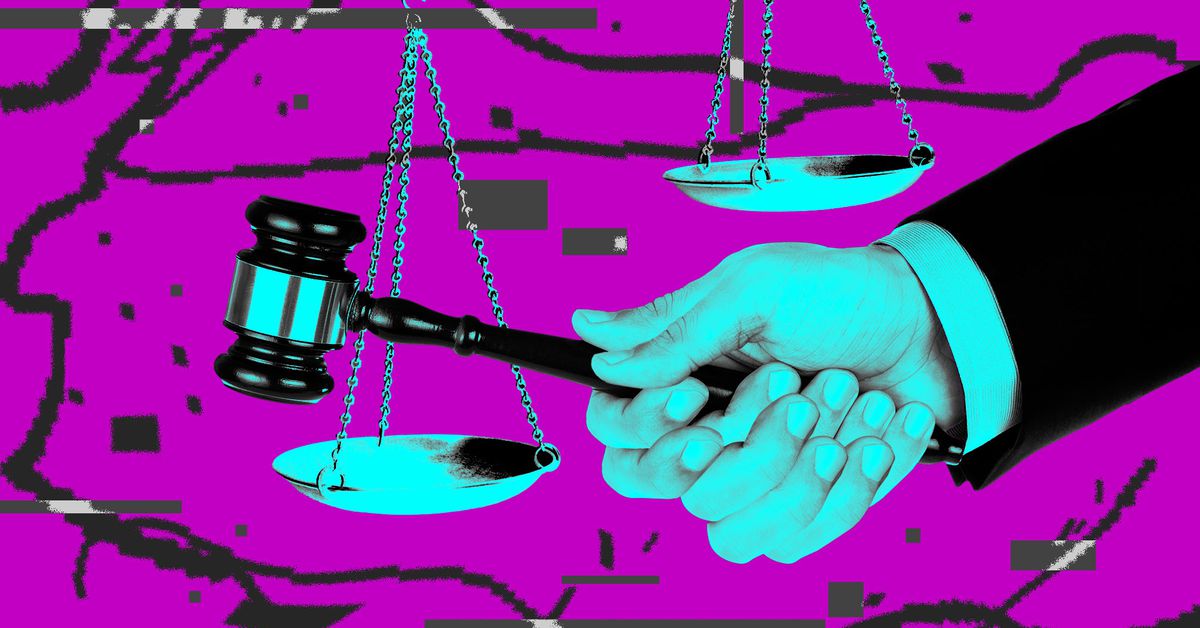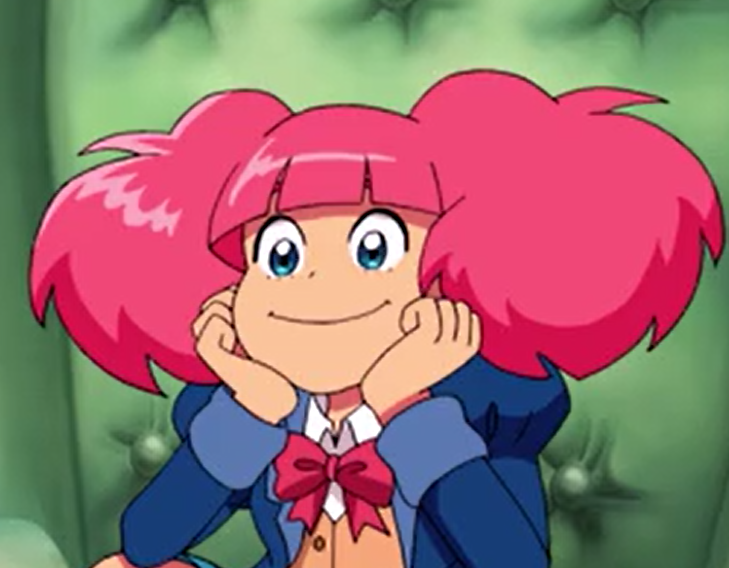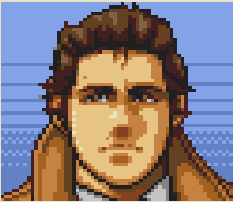A bipartisan group of senators introduced a new bill to make it easier to authenticate and detect artificial intelligence-generated content and protect journalists and artists from having their work gobbled up by AI models without their permission.
The Content Origin Protection and Integrity from Edited and Deepfaked Media Act (COPIED Act) would direct the National Institute of Standards and Technology (NIST) to create standards and guidelines that help prove the origin of content and detect synthetic content, like through watermarking. It also directs the agency to create security measures to prevent tampering and requires AI tools for creative or journalistic content to let users attach information about their origin and prohibit that information from being removed. Under the bill, such content also could not be used to train AI models.
Content owners, including broadcasters, artists, and newspapers, could sue companies they believe used their materials without permission or tampered with authentication markers. State attorneys general and the Federal Trade Commission could also enforce the bill, which its backers say prohibits anyone from “removing, disabling, or tampering with content provenance information” outside of an exception for some security research purposes.
(A copy of the bill is in he article, here is the important part imo:
Prohibits the use of “covered content” (digital representations of copyrighted works) with content provenance to either train an AI- /algorithm-based system or create synthetic content without the express, informed consent and adherence to the terms of use of such content, including compensation)
I posted this in a thread, but Im gonna make it a parent comment for those who support this bill.
Consider youtube poop, Im serious. Every clip in them is sourced from preexisting audio and video, and mixed or distorted in a comedic format. You could make an AI to make youtube poops using those same clips and other “poops” as training data. What it outputs might be of lower quality (less funny), but in a technical sense it would be made in an identical fashion. And, to the chagrin of Disney, Nintendo, and Viacom, these are considered legally distinct entities; because I dont watch Frying Nemo in place of Finding Nemo. So why would it be any different when an AI makes it?
My best guess would be intent, which I think is an important component of fair use. The intent of youtube poop creators could be considered parody and while someone could use AI to create parody, the intent of creating the AI model itself is not parody (at least not for these massive AI models that most people use).
Transformation is in itself fair use is the thing. Ytp doesnt need to be parody or critique or anything else, because its fundamentally no longer the same product as whatever the source was as a direct result of editing
Still, the AI model itself is not transformative, it is merely incorporating that data into its training set.
But what it outputs IS transformative, which- of course- is the e primary use
If I include an image of mickey mouse (ripped straight from disney) in my application in a proprietary compression format, then the application decompresses that image and changes the hue (or whatever other kind of modification), then these are technically “transformations” but they’re not transformative.
The law being violated there is trademark, not copyright
No it isn’t. The image of mickey mouse was literally copied (hence copyright, literally right to copy). Regardless, that’s still IP law being violated so I don’t know how that helps your case.
If you arent calling it mickey mouse, it would actually be fine from a copyright perspective. What youd get sued for is the character design itself being too similar, which is a trademark/IP issue
I see this argument a lot as a defense for AI art and I see a couple major flaws in this line of thinking.
First, it’s treating the AI art as somehow the same as a dirivitive (or parody) work made by an actual person. These two things are not the same and should not be argued like they are.
AI art isn’t just dirivitive. It’s a Frankenstein’s Monster of a bunch of different pieces of art stitched together in a procedural way that doesn’t credit and in fact obfuscates the original works. This is problematic at best and flat out dishonest thievery at worst. Whereas a work made by a person that is dirivitive or parody has actual work and thought put into it by an actual person. And would typically at least credit the original works being riffed on. This involves actual creative thought and human touch. Even if it is dirivitive it’s unique in some way simply by virtue of being made by a person.
AI art cannot and will not ever be unique, at least not when used to just create a work wholesale. Because it’s not being creative. It’s calculating and nothing more. (at least if we’re talking about current tachnology. A possible future General AI could flout this argument. But that would get into an AI personhood conversation not really relevant to our current machine learning tech).
Secondly, no one is worried that some hypothetical shitty AI video is going to somehow usurp the work that it’s stealing from. What people are worried about is that AI art is going to be used in place of hiring actual artists for bigger projects. And the fact that this AI art exists solely because it’s scraped the internet of art from those same artists now losing their livelihoods makes the tech incredibly fucked up.
Now don’t get me wrong though. I do believe machine learning has its place in society. And we’ve already been using it for a long time to help with large tasks that would be incredibly difficult if not impossible for people to do on their own in a bunch of different industries. Things like medicine research in the pharmaceutical sector and fraud monitoring in the banking sector come to mind.
Also, there is an argument to be had that machine learning algorithms could be used as tools in creating art. I don’t really have a problem with those use cases. Things that come to mind are a bunch of different tools that exist in music production right now that in my opinion help in allowing artists to fulfill their vision. Watch some There I Ruined It videos on YouTube to see what I mean. Yeah that guy is using AI to make himself sound like other musicians. But that guy also had to be a really solid singer and impressionist in the first place for those songs to be any good at all.
It’s a Frankenstein’s Monster of a bunch of different pieces of art stitched together in a procedural way that doesn’t credit and in fact obfuscates the original works
What you described is collage and is completely legal. How image generation works is much more complicated but in any case, both it and collage clearly fall under transformative use.




